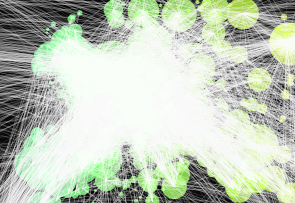JMartJr
Senior Member.
That may be telling -- you see things like this when you look for them. That would indicate that maybe they are not anything particularly unusual, once they're called to your attention you see them. Of course, that does not specify what they are... but if they are actually something very common, there are a lot of things more common in the night sky than I'd assume alien visitors are, and things that we know exist.I think the process has more to do with intention than meditation (meditation seems to be a useful component), but as we've all heard 'contact' events don't even require intent. We have a member in our group who has these sightings frequently at home, by just looking up.
Keeping it short because it's time to practice poi spinning (no fooling) -- suitably inspired by a good thread from a poster "down even underer."
Keep looking up!

